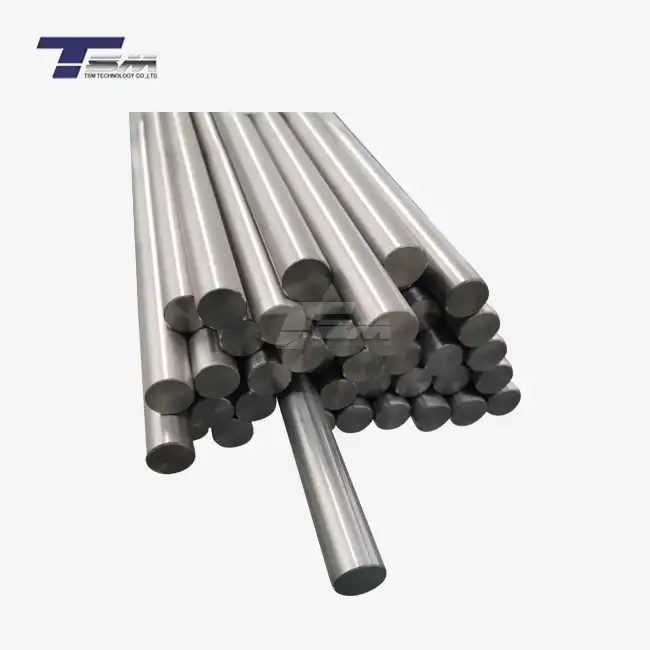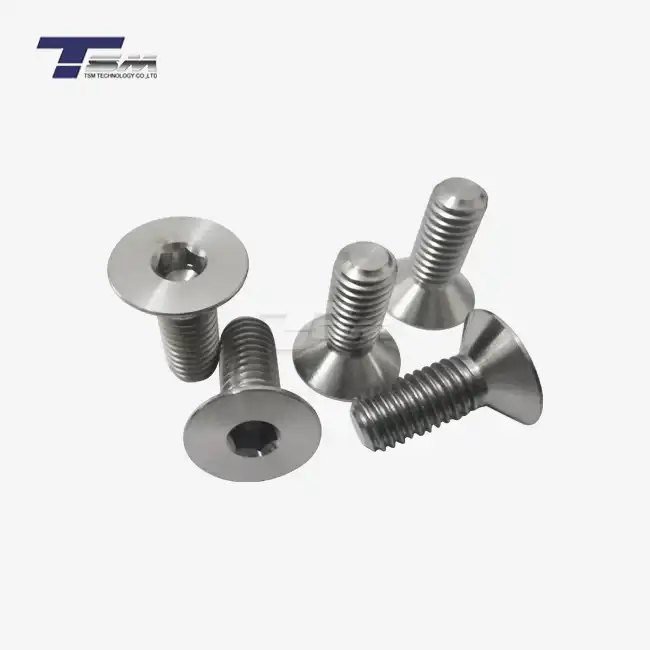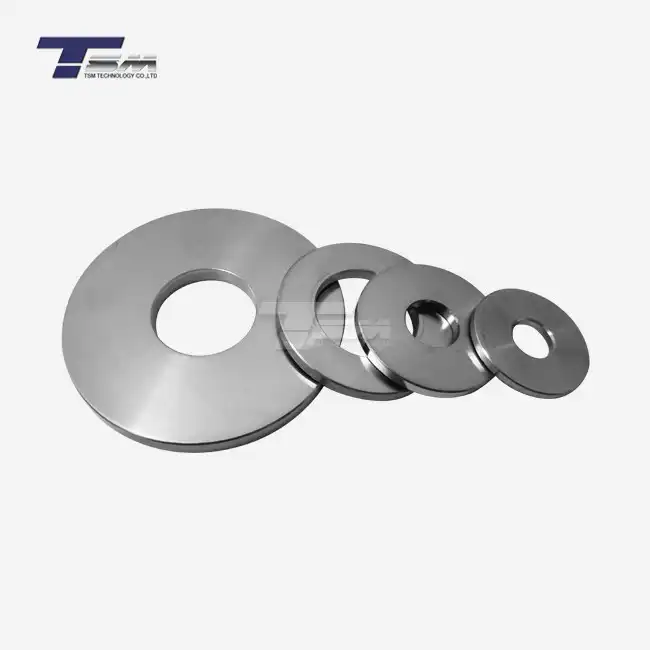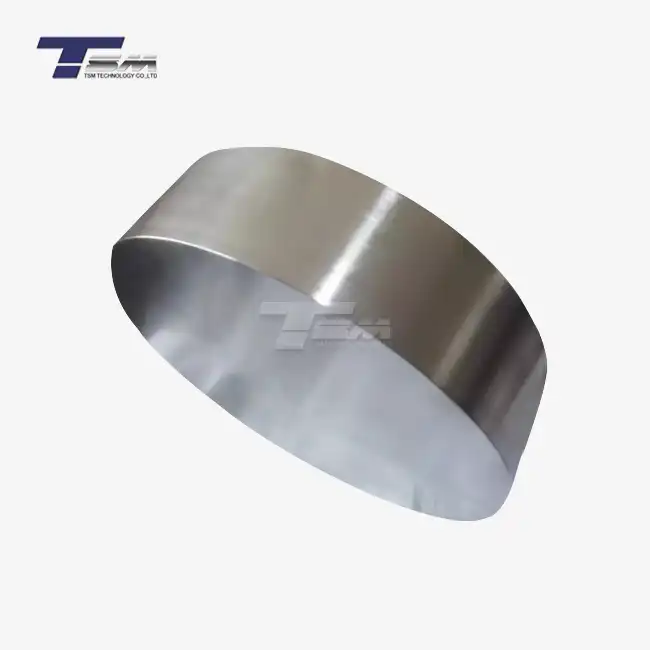- English
- French
- German
- Portuguese
- Spanish
- Russian
- Japanese
- Korean
- Arabic
- Greek
- German
- Turkish
- Italian
- Danish
- Romanian
- Indonesian
- Czech
- Afrikaans
- Swedish
- Polish
- Basque
- Catalan
- Esperanto
- Hindi
- Lao
- Albanian
- Amharic
- Armenian
- Azerbaijani
- Belarusian
- Bengali
- Bosnian
- Bulgarian
- Cebuano
- Chichewa
- Corsican
- Croatian
- Dutch
- Estonian
- Filipino
- Finnish
- Frisian
- Galician
- Georgian
- Gujarati
- Haitian
- Hausa
- Hawaiian
- Hebrew
- Hmong
- Hungarian
- Icelandic
- Igbo
- Javanese
- Kannada
- Kazakh
- Khmer
- Kurdish
- Kyrgyz
- Latin
- Latvian
- Lithuanian
- Luxembou..
- Macedonian
- Malagasy
- Malay
- Malayalam
- Maltese
- Maori
- Marathi
- Mongolian
- Burmese
- Nepali
- Norwegian
- Pashto
- Persian
- Punjabi
- Serbian
- Sesotho
- Sinhala
- Slovak
- Slovenian
- Somali
- Samoan
- Scots Gaelic
- Shona
- Sindhi
- Sundanese
- Swahili
- Tajik
- Tamil
- Telugu
- Thai
- Ukrainian
- Urdu
- Uzbek
- Vietnamese
- Welsh
- Xhosa
- Yiddish
- Yoruba
- Zulu
Ingot Casting Techniques for High-Quality Nickel Alloys
Ingot casting techniques play a crucial role in producing high-quality nickel alloys, which are essential materials in various industries due to their exceptional properties. These techniques involve carefully controlled processes to create uniform, defect-free ingots that serve as the foundation for further processing into various shapes and forms. By employing advanced casting methods, manufacturers can ensure the production of superior nickel alloys with consistent composition, optimal microstructure, and enhanced mechanical properties. This article delves into the intricacies of ingot casting techniques, exploring the key factors that contribute to the production of high-quality nickel alloys and their impact on the final product performance.
Vacuum Induction Melting: The Foundation of High-Quality Nickel Alloy Ingots
Principles of Vacuum Induction Melting
Vacuum induction melting (VIM) is a cornerstone technique in the production of high-quality nickel alloy ingots. This process involves melting raw materials in a vacuum environment using electromagnetic induction. The absence of air prevents oxidation and contamination, resulting in cleaner and more homogeneous alloys. VIM allows precise control over the alloy composition, as alloying elements can be added in exact proportions under controlled conditions.

Advantages of VIM for Nickel Alloy Production
The use of VIM in nickel alloy ingot casting offers several advantages. It enables the removal of volatile impurities, reduces gas content, and minimizes the formation of non-metallic inclusions. These benefits contribute to improved mechanical properties, enhanced corrosion resistance, and better overall performance of the final alloy products. Additionally, VIM allows for the production of complex alloy compositions that may be challenging to achieve through other melting methods.
Process Parameters and Control in VIM
Successful implementation of VIM requires careful control of various process parameters. These include vacuum level, melt temperature, power input, and holding time. Proper monitoring and adjustment of these parameters ensure consistent alloy quality and prevent issues such as segregation or undesired phase formation. Advanced control systems and experienced operators play a crucial role in optimizing the VIM process for different nickel alloy grades.
Solidification Control: Ensuring Uniform Microstructure in Nickel Alloy Ingots
Directional Solidification Techniques
Controlling the solidification process is essential for achieving a uniform microstructure in nickel alloy ingots. Directional solidification techniques involve carefully managing the heat extraction from the molten metal to promote the growth of aligned columnar grains. This method can significantly improve the mechanical properties and reduce the likelihood of defects in the final product. Various approaches, such as using chilled molds or implementing controlled cooling rates, can be employed to achieve directional solidification in nickel alloy ingots.
Grain Refinement Strategies
Grain refinement is another critical aspect of solidification control in nickel alloy ingot casting. Fine-grained structures often exhibit superior mechanical properties and improved workability. Techniques such as inoculation, where specific elements or compounds are added to promote nucleation, can be used to achieve grain refinement. Additionally, electromagnetic stirring during solidification can help break up dendrites and promote a more equiaxed grain structure, further enhancing the alloy's properties.
Modeling and Simulation in Solidification Control
Advanced modeling and simulation tools play an increasingly important role in optimizing solidification control for nickel alloy ingots. Computational fluid dynamics (CFD) and finite element analysis (FEA) can predict melt flow patterns, temperature distributions, and solidification behavior. These simulations help engineers fine-tune process parameters and mold designs to achieve desired microstructures and minimize defects. By leveraging these computational tools, manufacturers can accelerate process development and improve the consistency of high-quality nickel alloy ingots.
Post-Casting Treatments: Enhancing Properties of Nickel Alloy Ingots
Homogenization Heat Treatment
After casting, nickel alloy ingots often undergo homogenization heat treatment to eliminate compositional segregation and improve overall alloy uniformity. This process involves holding the ingot at elevated temperatures for extended periods, allowing diffusion to redistribute alloying elements more evenly throughout the microstructure. Homogenization can significantly enhance the mechanical properties and workability of the alloy, making it an essential step in the production of high-quality nickel alloy ingots.
Hot Isostatic Pressing (HIP)
Hot isostatic pressing (HIP) is a post-casting treatment that can further improve the quality of nickel alloy ingots. This process subjects the ingot to high temperature and isostatic gas pressure simultaneously, effectively closing internal voids and healing micro-porosity. HIP can enhance the density, fatigue resistance, and overall mechanical properties of the alloy. It is particularly beneficial for applications requiring high-performance materials with exceptional reliability, such as aerospace components or critical industrial equipment.
Surface Conditioning and Inspection
The final stage in producing high-quality nickel alloy ingots involves surface conditioning and thorough inspection. Surface treatments such as grinding, machining, or chemical milling may be employed to remove surface defects and ensure dimensional accuracy. Non-destructive testing techniques, including ultrasonic testing, eddy current inspection, and radiography, are used to detect any internal defects or inhomogeneities. These quality control measures ensure that only ingots meeting stringent standards proceed to further processing or are delivered to customers.
Conclusion
Ingot casting techniques for high-quality nickel alloys involve a complex interplay of advanced processes, from vacuum induction melting to post-casting treatments. By carefully controlling each stage of production, manufacturers can achieve superior alloy properties, consistency, and reliability. As demand for high-performance materials continues to grow across various industries, ongoing research and development in ingot casting techniques will play a crucial role in pushing the boundaries of nickel alloy capabilities and applications.
Contact Us
For more information about our high-quality nickel alloy products and casting techniques, please contact TSM TECHNOLOGY at info@tsmnialloy.com. Our team of experts is ready to assist you with your specific alloy requirements and provide innovative solutions for your engineering challenges.
References
Sims, C. T., Stoloff, N. S., & Hagel, W. C. (1987). Superalloys II: High-Temperature Materials for Aerospace and Industrial Power. John Wiley & Sons.
Reed, R. C. (2006). The Superalloys: Fundamentals and Applications. Cambridge University Press.
Donachie, M. J., & Donachie, S. J. (2002). Superalloys: A Technical Guide. ASM International.
Pollock, T. M., & Tin, S. (2006). Nickel-Based Superalloys for Advanced Turbine Engines: Chemistry, Microstructure, and Properties. Journal of Propulsion and Power, 22(2), 361-374.
Mitchell, A. (2005). Melting, Casting and Forging Problems in Titanium Alloys. Materials Science and Engineering: A, 413-414, 10-18.
Kou, S. (2003). Welding Metallurgy. John Wiley & Sons.
Learn about our latest products and discounts through SMS or email



